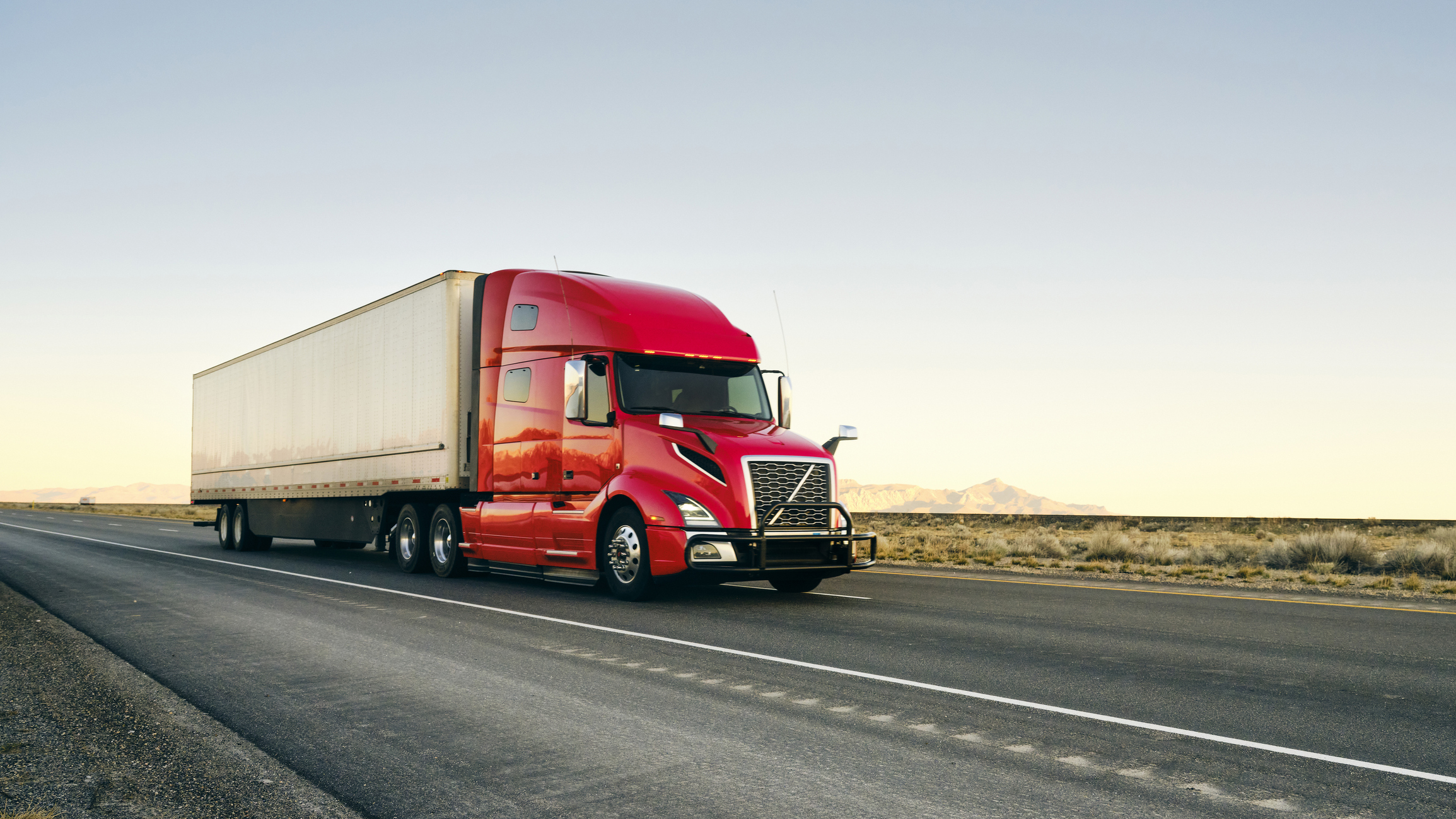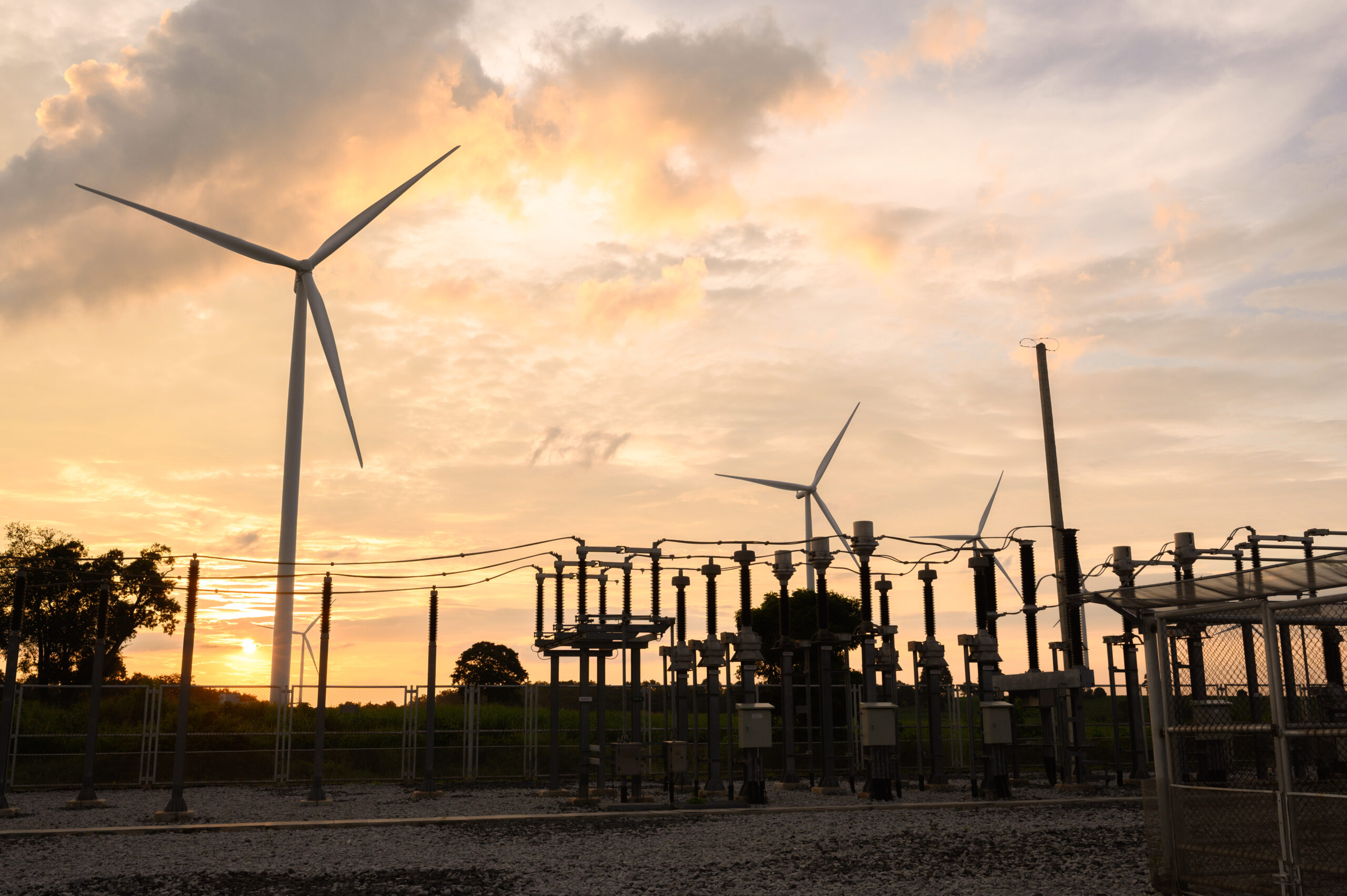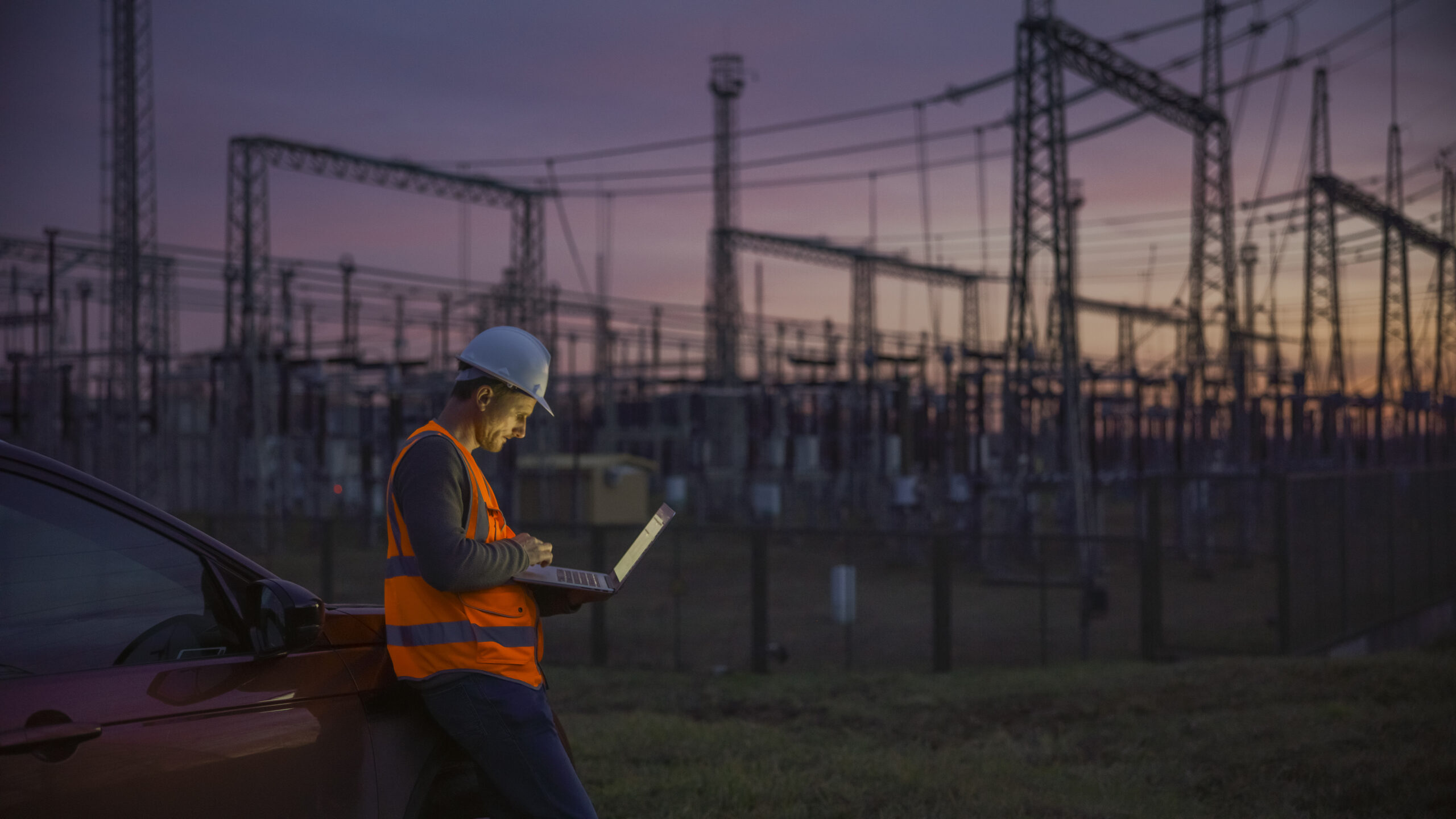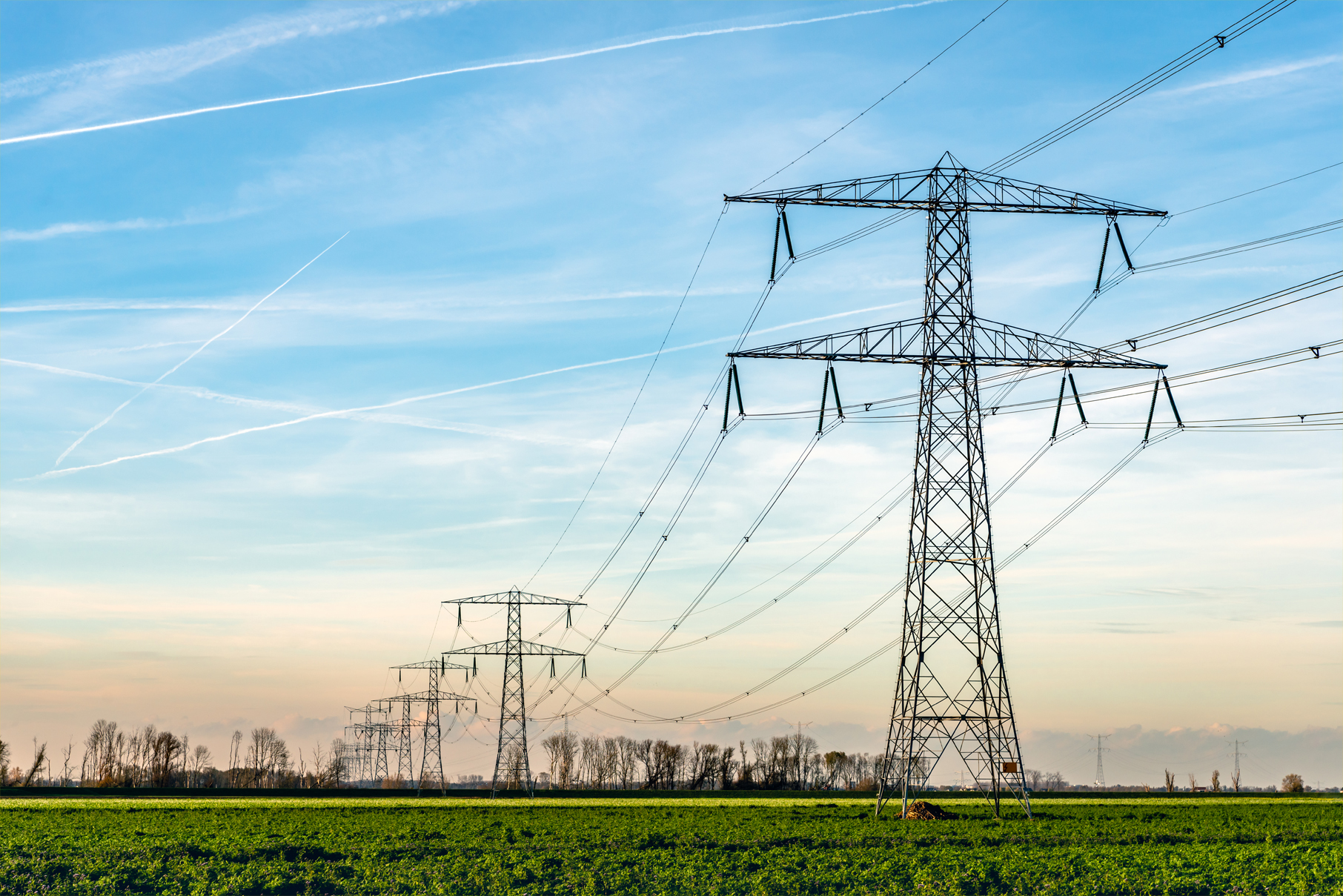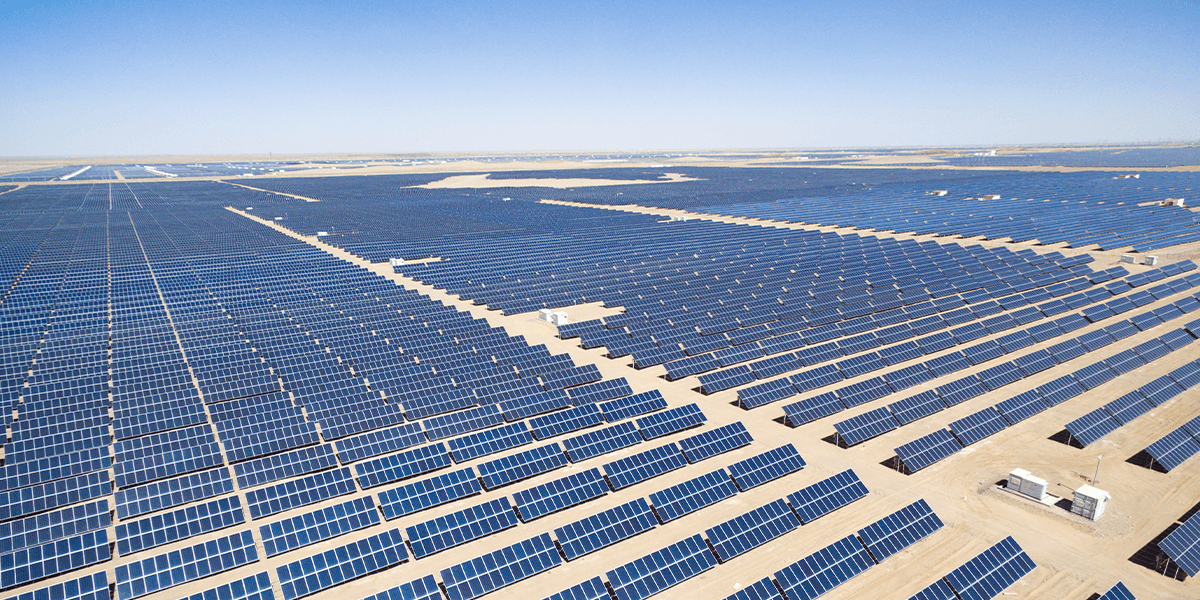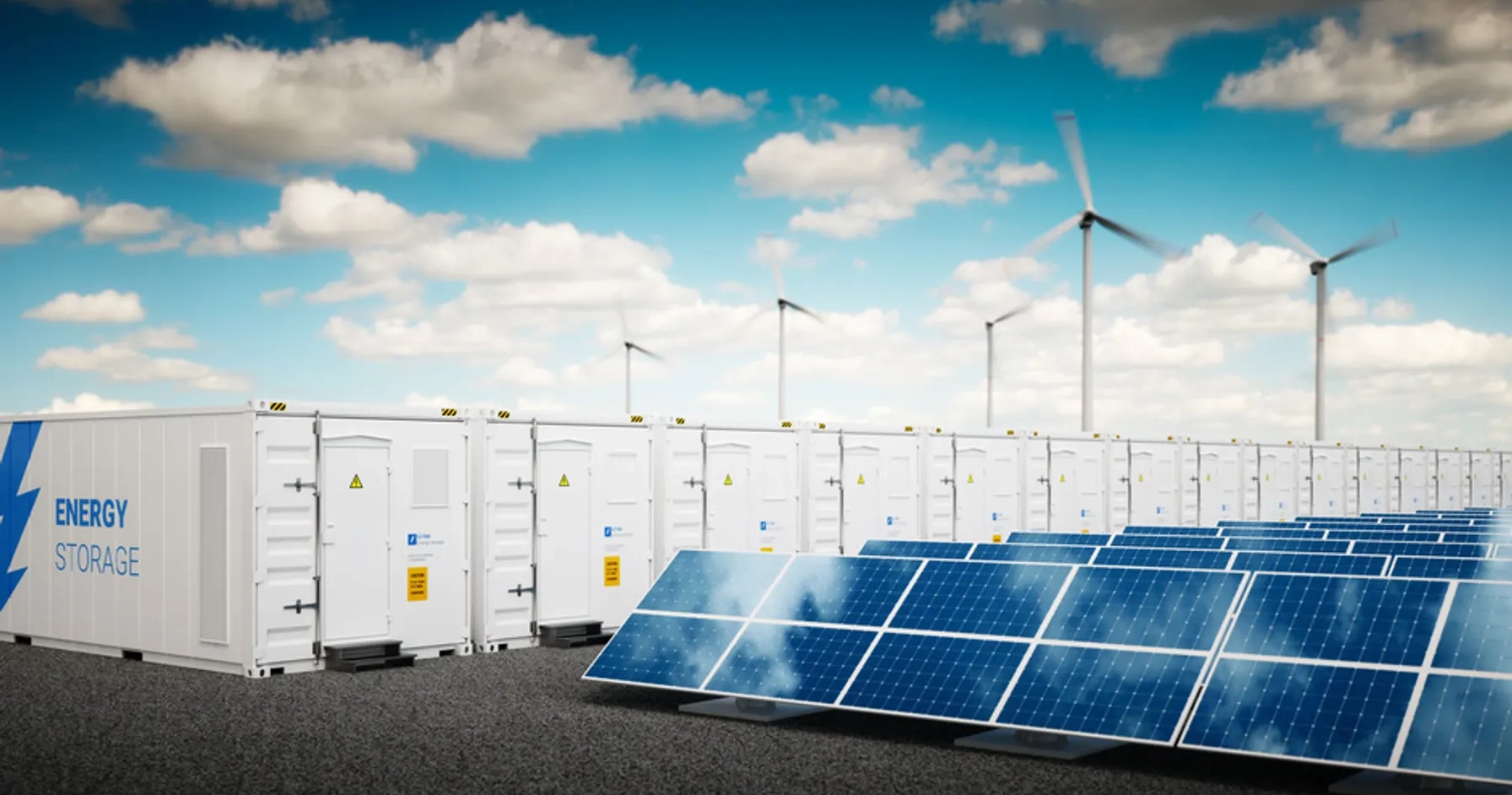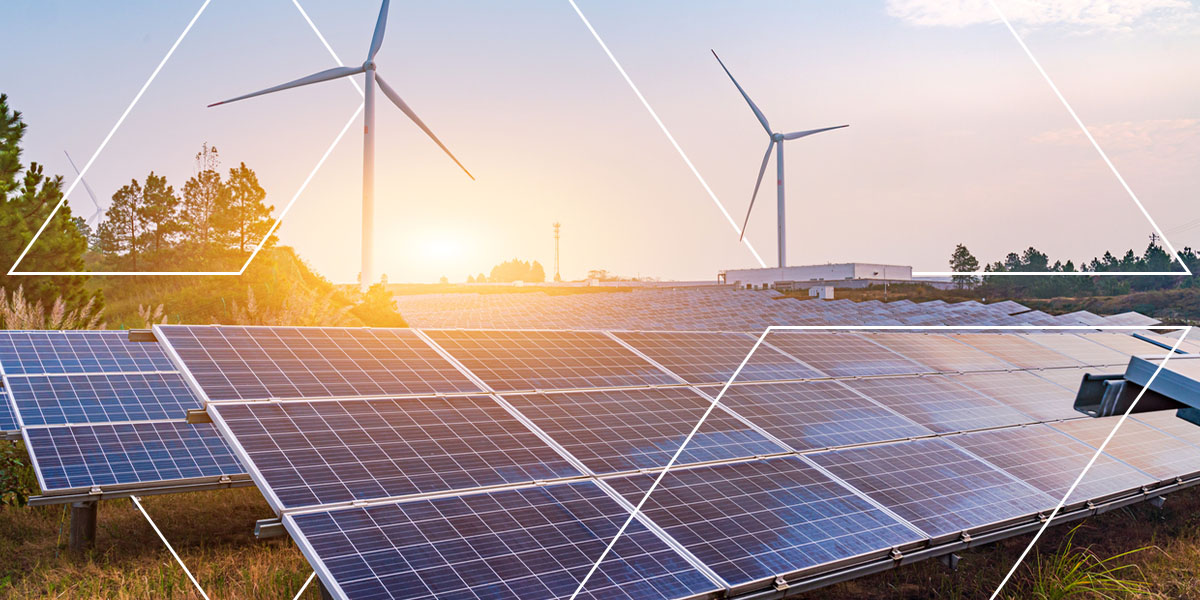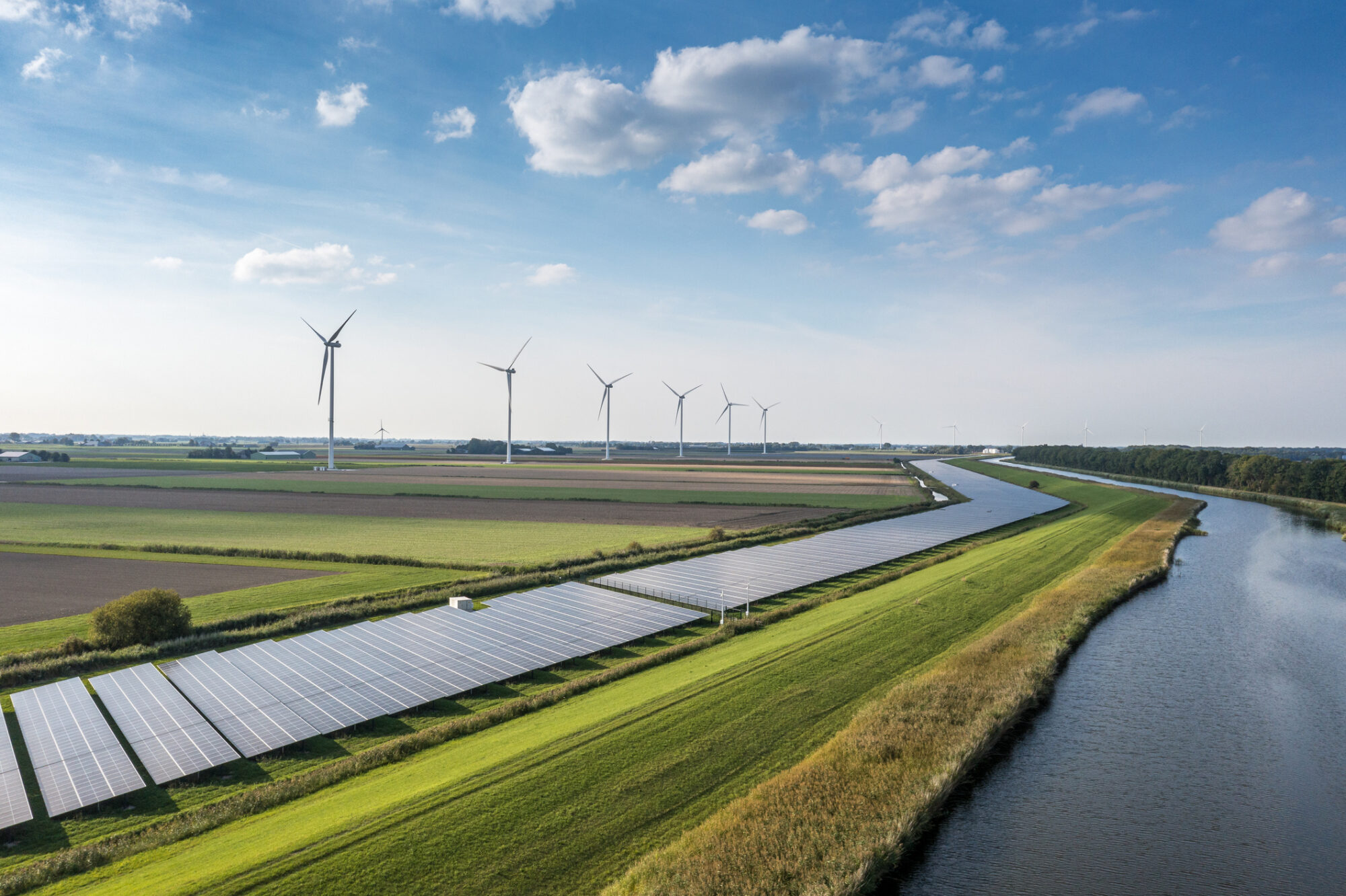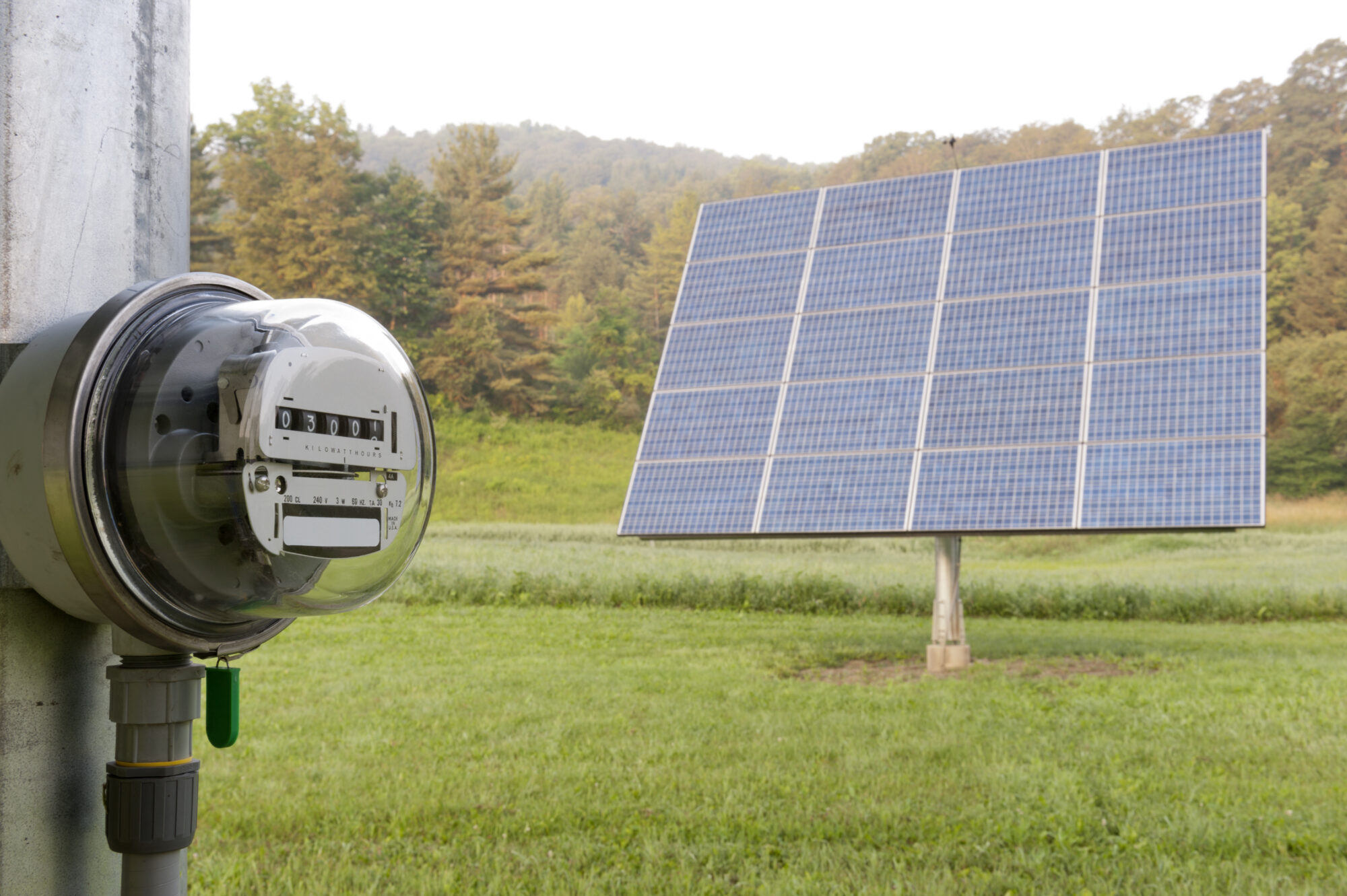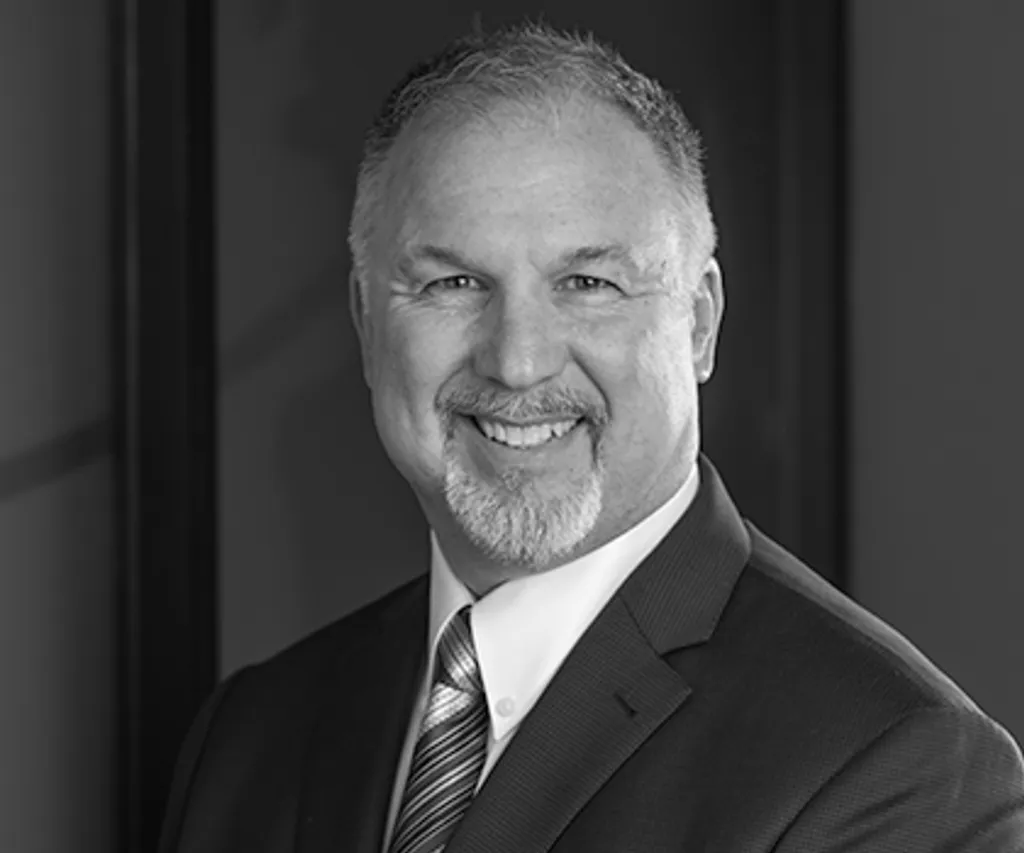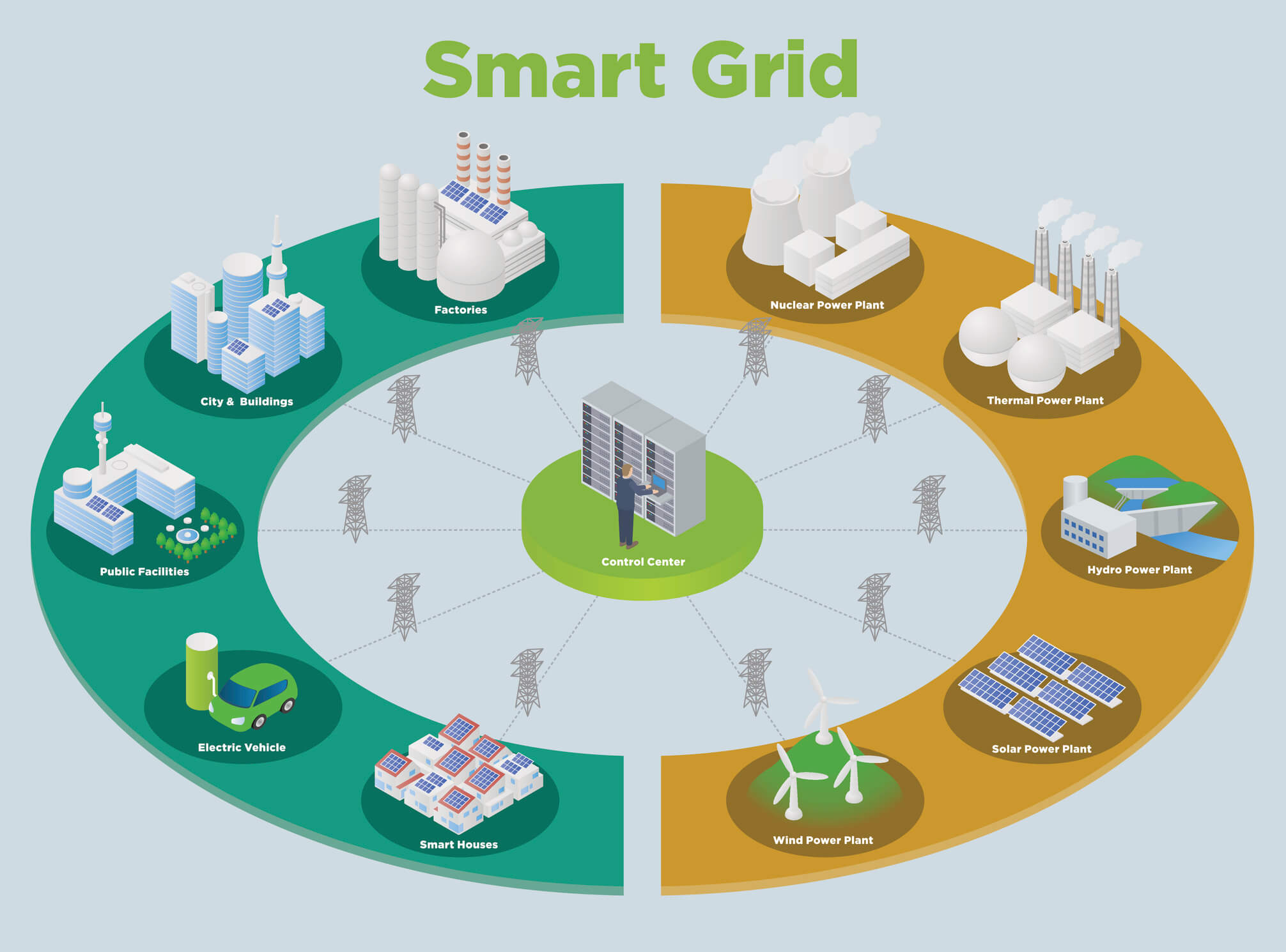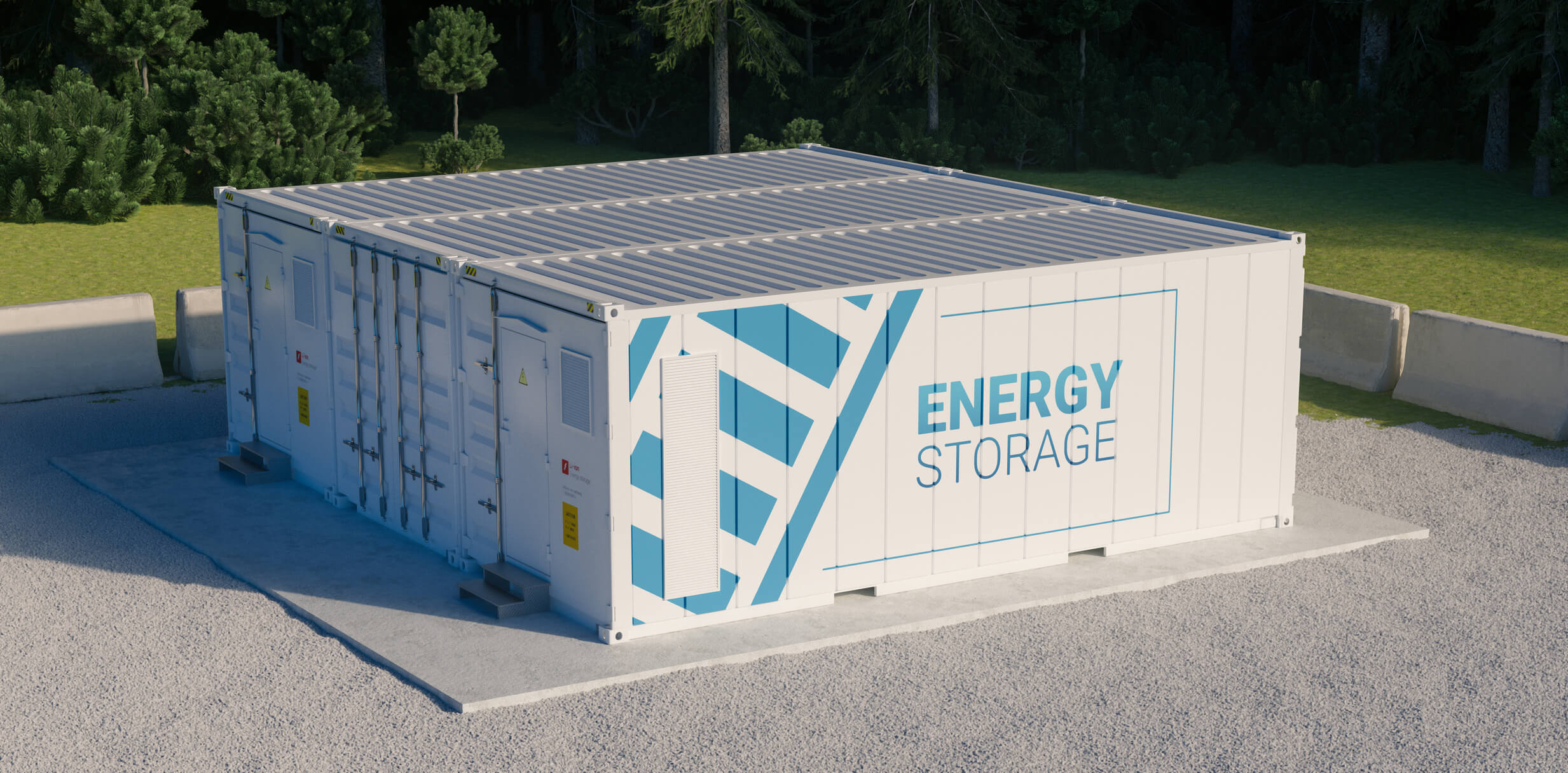February 7, 2023
Evaluating the feasibility of zero and low-emission drayage trucks to support San Pedro Bay Ports
The San Pedro Bay Ports Clean Air Action Plan (CAAP) 2017 Update established the need to prepare feasibility assessments to evaluate the status of technology and supporting infrastructure that will be required to achieve the various CAAP strategies. This 2021 Feasibility Assessment for Drayage Trucks follows on and updates the initial Assessment performed in 2018. As with the 2018 version, this 2021 Assessment is intended to evaluate the current state of zero-emission (ZE) and low-emission (LE) fuel-technology platforms suitable for drayage-capable Class 8 trucks – including infrastructure readiness to fuel and service them. The Assessment’s overarching objective is to characterize feasibility for near-term (2021 to 2024), large-scale deployments of drayage trucks using such platforms.
This Assessment provides a snapshot about which ZE and/or LE Class 8 platforms are feasible today – or will likely be feasible by 2024 – for widespread deployment in drayage at the San Pedro Bay Ports (SPBP or Ports) complex.
Related Services
Download the 2021 Feasibility Assessment for Drayage Trucks White Paper
Publish Date: February 2023
Client: Port of Long Beach, Port of Los Angeles
This white paper was authored by GNA, which is now TRC’s clean transportation solutions team.
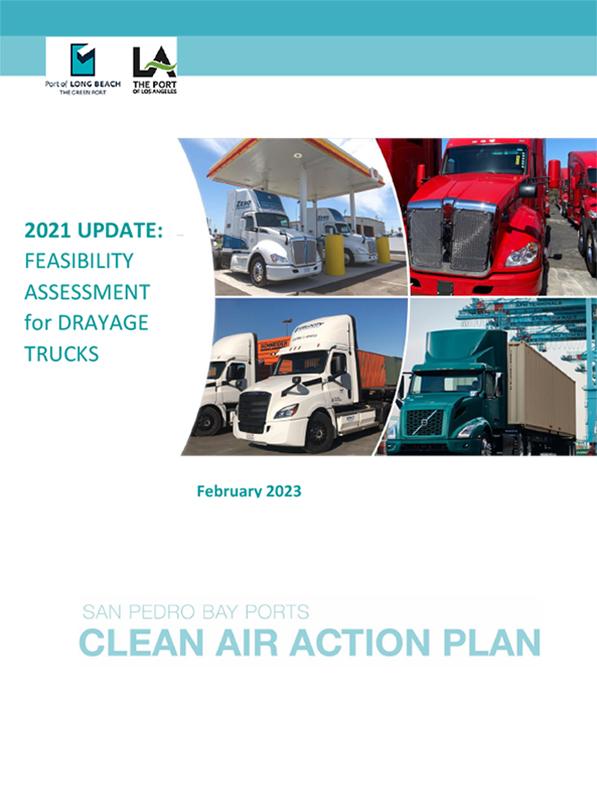

Start the Conversation
Let’s connect to discuss how TRC can help you drive a more sustainable future.
Sharing Our Perspectives
Our practitioners share their insights and perspectives on the trends and challenges shaping the market.
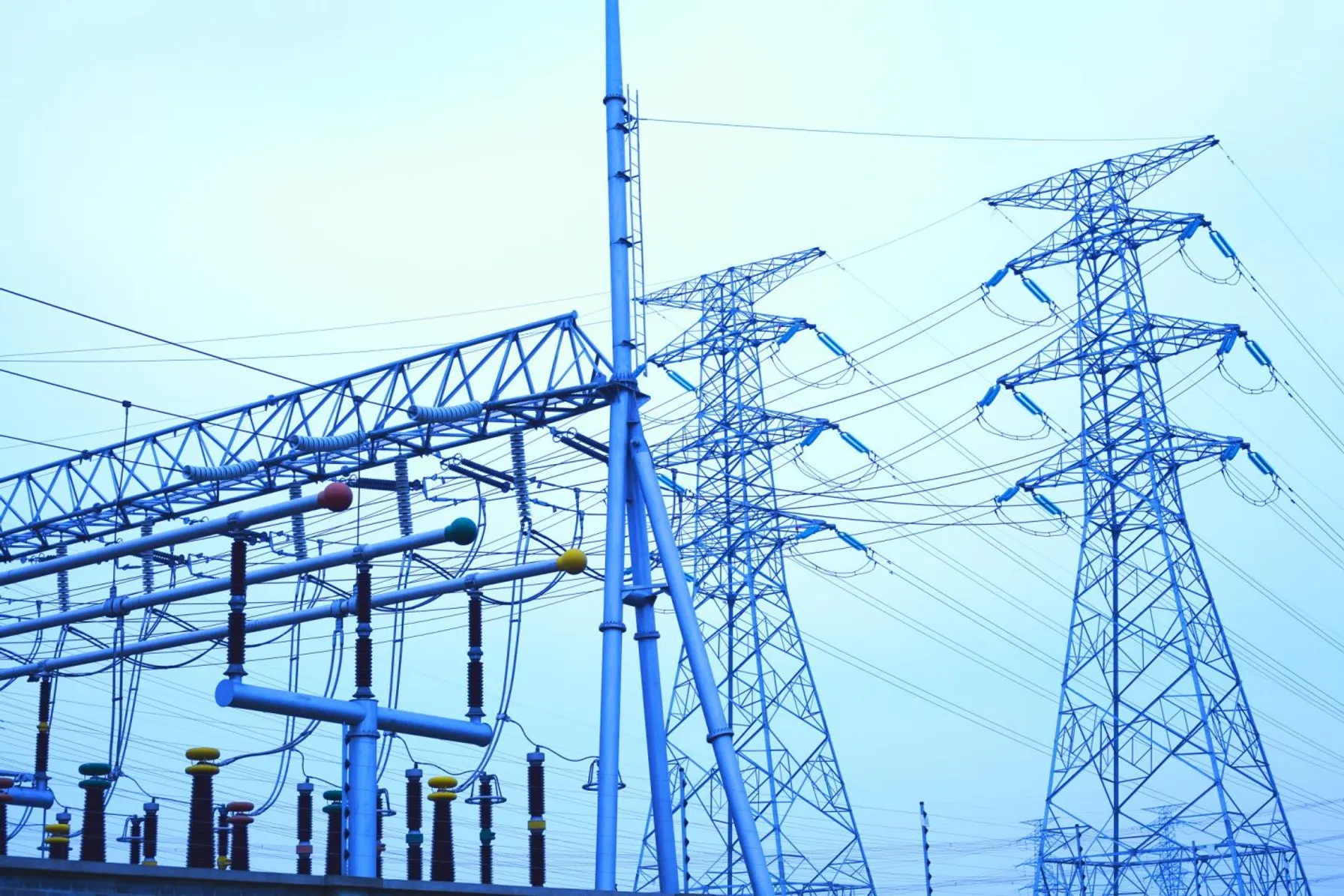
Grid Resiliency: Perspectives Across the Power Grid
April 16, 2025
In today’s changing energy landscape, grid resiliency is a top priority for all power system owners and operators. The ability to absorb disruptions and maintain power is crucial in an increasingly unpredictable world.

Take the Right Approach to Implementing DERMS
March 27, 2025
Implementing DERMS can come with challenges. By understanding the unique challenges related to DERMS and adopting the appropriate strategies to mitigate potential pitfalls, utilities can effectively integrate and coordinate DER deployment to align with regulatory commitments and broader business objectives.

How ISOs, RTOs and Utilities Can Effectively Manage Massive Data
March 20, 2025
In today’s rapidly evolving energy landscape, Independent System Operators (ISOs), Regional Transmission Organizations (RTOs) and utilities face unprecedented challenges in managing vast amounts of data.
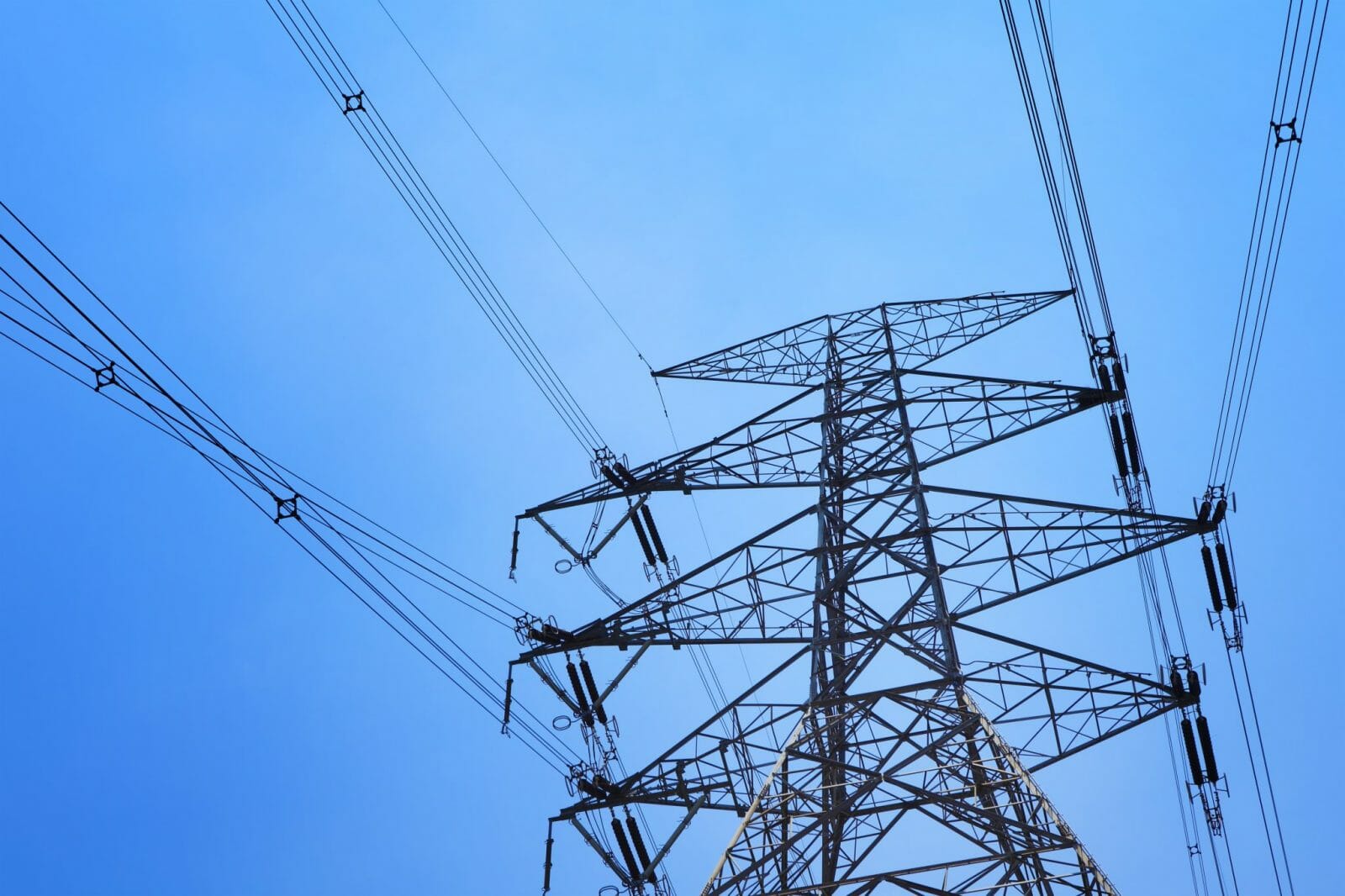
Download Whitepaper: 10 Years of Insights for Clean Community Microgrids
March 1, 2023
Clean, community microgrids represent a promising and timely opportunity for you to advance your customer offering and deliver meaningful societal benefits, all while modernizing your grid and providing you with load flexibility.

Decarbonization: A Systems-Level Challenge and Actions to Address Climate Change
December 7, 2021
Carbon elimination of the magnitude needed to address climate change requires systems-level change that can only be reached by incremental, ground-up progress, building upon what we have achieved thus far.
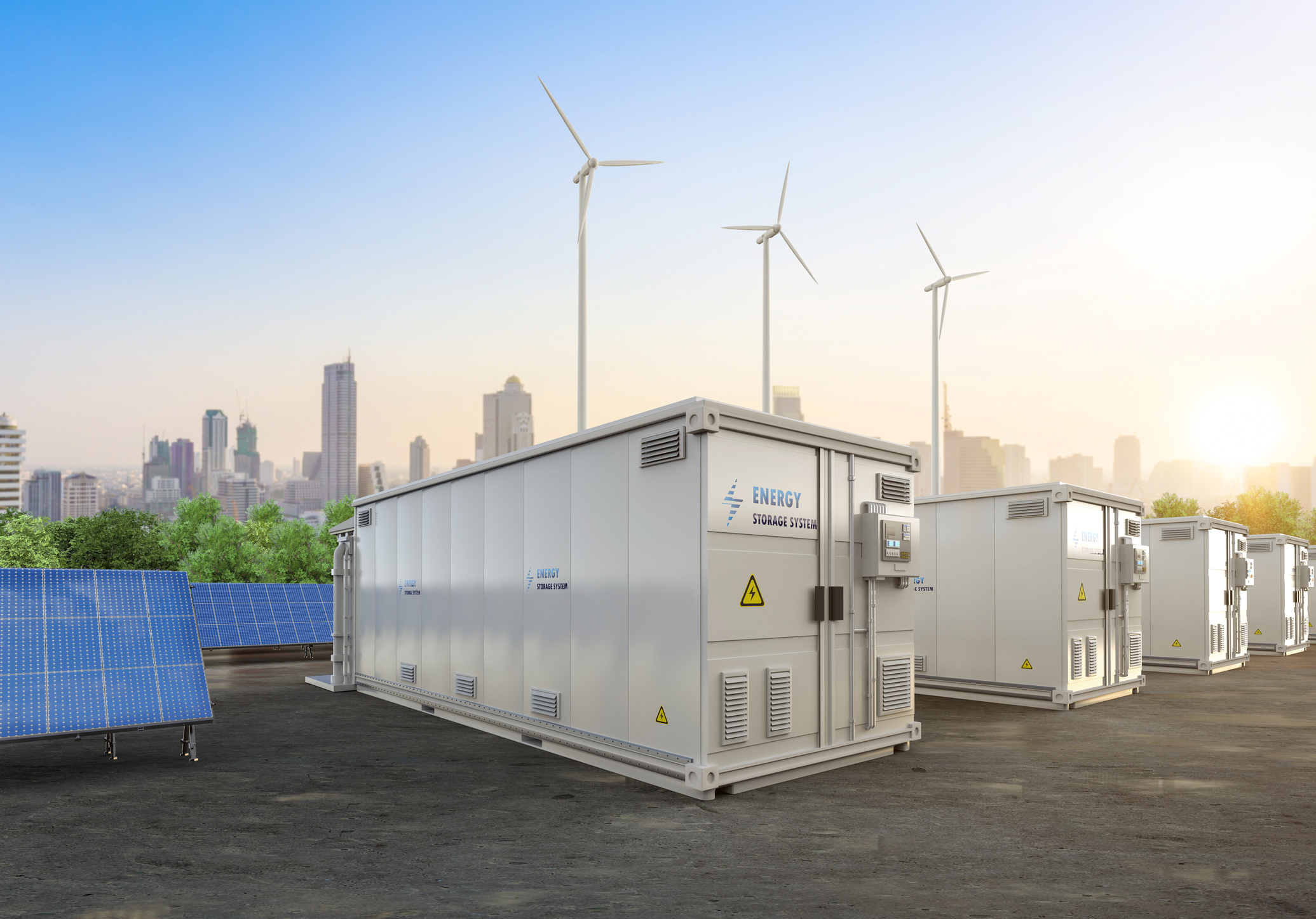
How Do Energy Storage Systems Work?
October 18, 2021
For more than five decades, TRC has brought efficient, resilient energy systems to the world. We understand the challenges of implementing energy storage projects.

City of Camarillo, California approves moving forward with Hybrid Solar Microgrids at five critical community facilities
November 6, 2020
On October 28, the Camarillo City Council unanimously approved moving forward with the design of Hybrid Microgrids at five City facilities: City Hall, the Corporation Yard, Camarillo Public Library, Police Station, and Wastewater Treatment Plant. The microgrid at the Camarillo Public Library will be designed with solar+storage only, while the other four sites will employ a hybrid design of solar+storage+diesel.
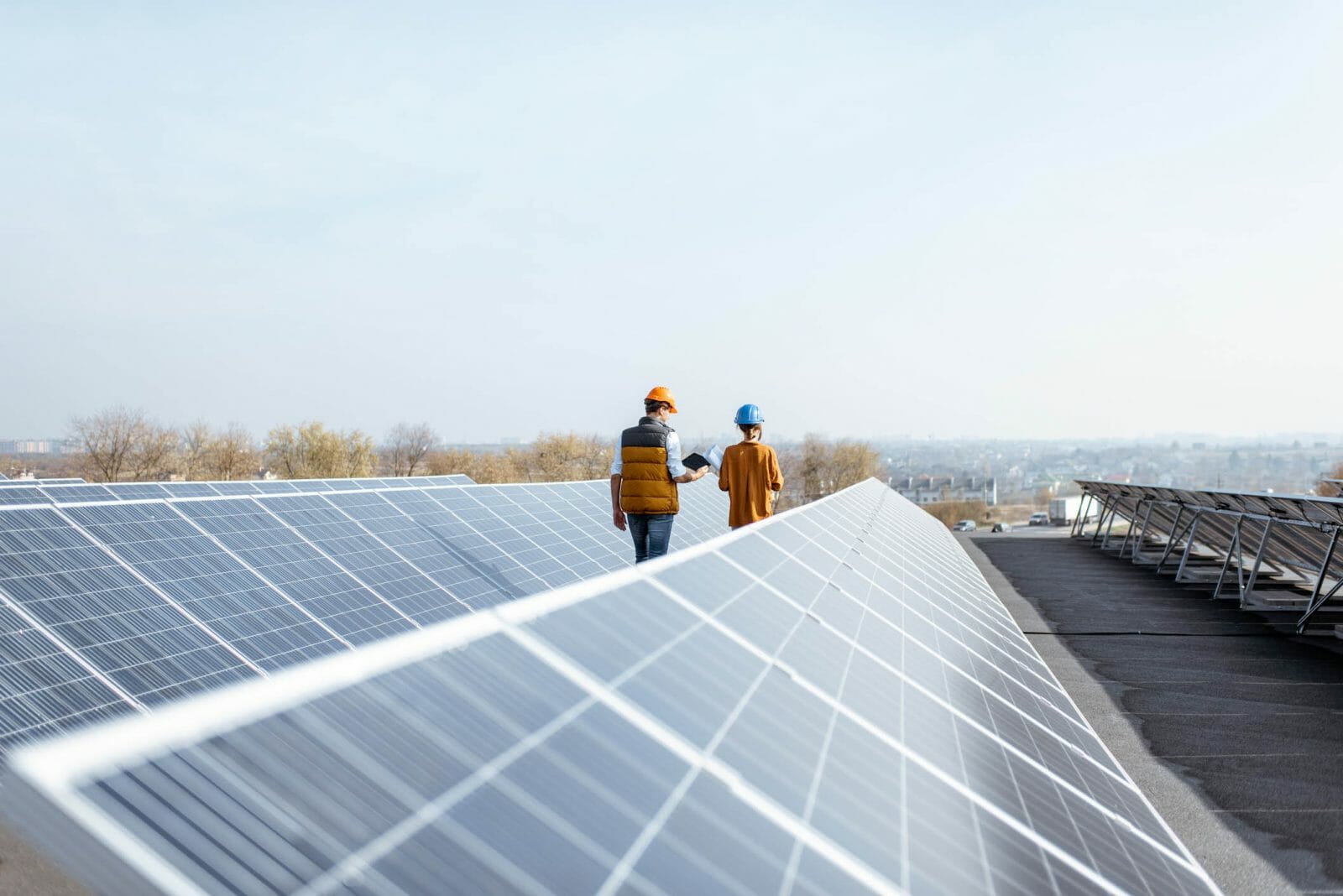
TRC Digital partners with Dominion Energy to evolve its distributed energy resource strategy
September 22, 2020
Dominion Energy, one of the nation’s largest producers and transporters of energy, has partnered with TRC Digital to evaluate, implement and integrate technology to further the utility’s distributed energy goals. TRC Digital will facilitate Dominion Energy’s strategy development and technology execution, allowing Dominion Energy and its customers to accelerate the shift to distributed energy resources (DER) and net carbon reduction.
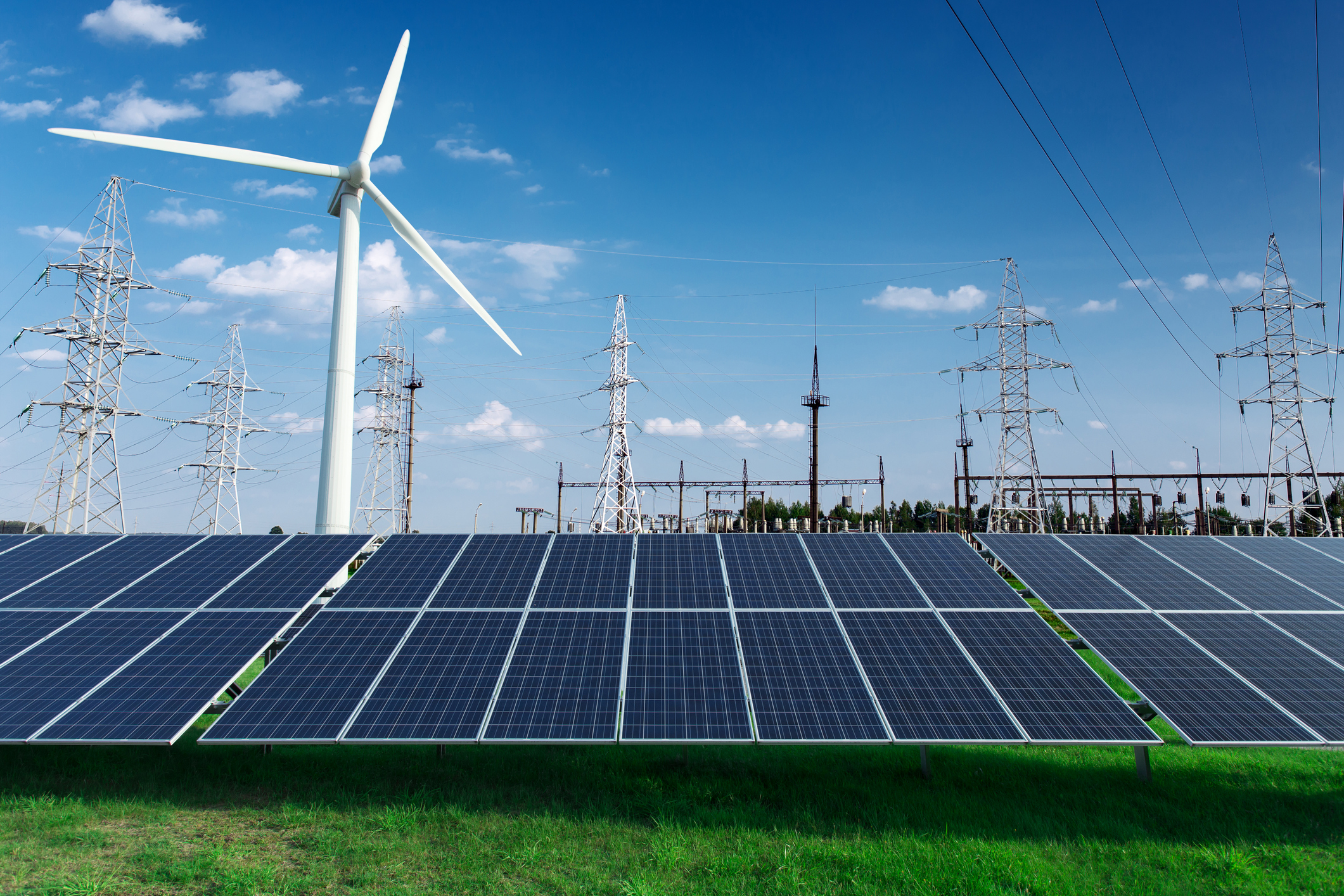
TRC Digital and Enbala can help utilities monitor, control and optimize distributed energy resources
April 17, 2020
Distributed energy resources (DERs) are changing the way utilities think about power generation and energy flow. TRC and Enbala can offer utilities a multi-layered solution that highlights the strengths of each company.
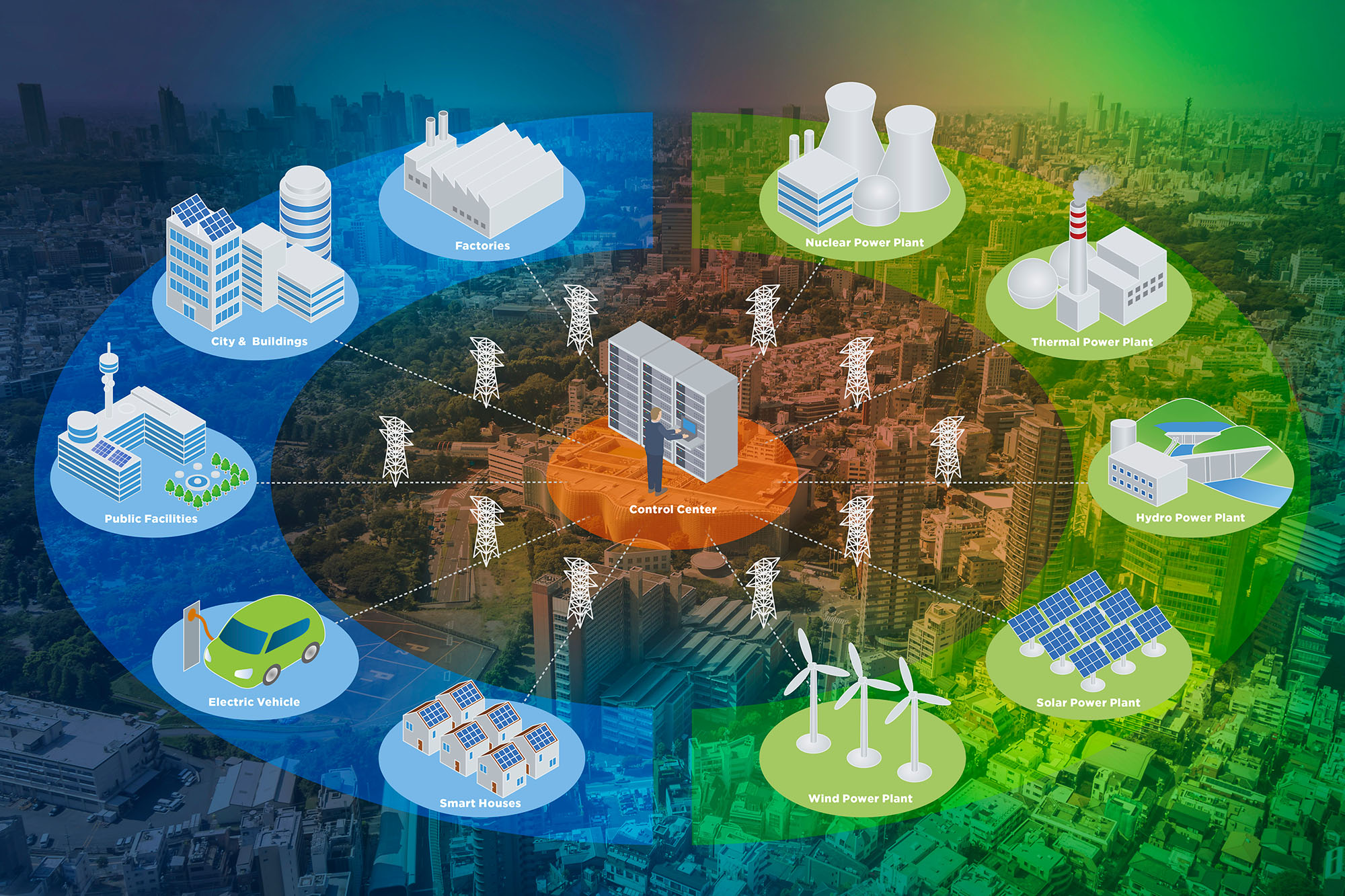
TRC and partners win $1 million grant for engineering innovative New York microgrid
April 20, 2017
TRC is proud to support Huntington, NY bolster power reliability and climate-change resiliency with a sophisticated new “community microgrid’’ combining solar energy, a fuel cell, biogas and traditional natural gas to deliver electricity and heat to local customers and institutions.

